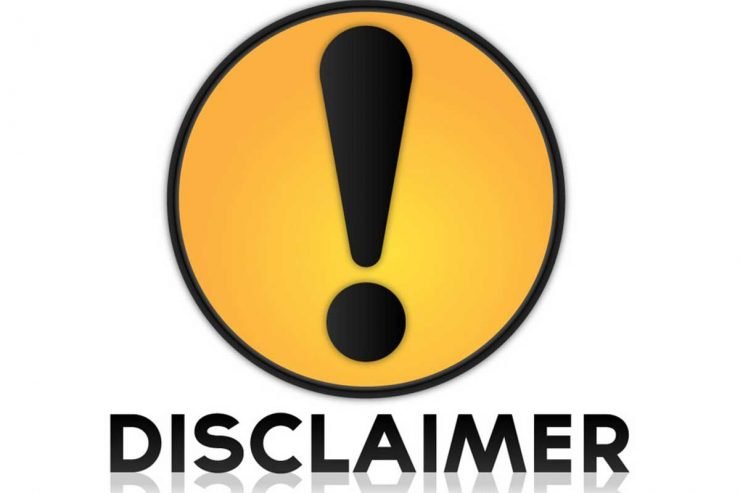

PRACTICE DETAILS
- Lawyer Mr. Shaman Jain
- Skills Agreements
- CATEGORY Legal Documents
ABOUT THIS PRACTICE
The term ‘Cheque bounce’ refers to instances when a certain payment against a cheque is not honoured by a bank. Reasons for the same could be wrong signature, mismatch of figures written on the cheque (in words and figures), lack of funds, wrong or missing date and overwriting. Most of these reasons behind cheque bouncing are very small and do not require honourable court’s intervention. However, when a cheque bounces because of lack of funds in the drawer’s account, appropriate legal measures must be taken.
A cheque bounce case is governed by the Section 138 of the Negotiable instruments Act, 1881. In such matters, it is advised to take appropriate legal actions as available under the applicable provisions.
An application must be submitted along with the following documents while filing a complaint against a party in a case of cheque bounce:
- A copy of the Demand Notice along with the acknowledgement of the receiver.
- The original cheque that has bounced.
- A memo, from the bank citing the reasons for cheque getting dishonoured.
Firstly, a Demand Notice is sent to the person who has issued a bounced cheque to you. Entire information regarding the dishonoured cheque must be mentioned in the notice including details like the date on which the cheque was issued and a copy of the dishonoured memo.
A person has exactly 15 days to repay you after receiving the notice, failing to do so will lead to lodging a complaint in the specified format in the court.
It is recommended to hire an experienced lawyer who can assist you in filing complaint since a lawyer is completely aware of the whole process and can fill the form using legal terms.
An oath letter has to be submitted along with the complaint form , An acknowledgement receipt with copy of the notice served, a photocopy of the memo and the bounced cheque that was received.
The court will check all the documents sent and verify them after receiving the complaint. The process form can be filled by the complainant or their lawyers only after the court is contented with your complaint, after which court summons the accused for a hearing. The judge can issue a bailable warrant against the accused, if he/she fails to appear in the court of law.
A check getting bounced is treated as a criminal offence under the Negotiable Instruments Act, 1881, under section 138. Hence, a single complaint in such a case can lead to a court case , imposition of heavy penalty and the punishment goes upto the imprisonment of the guilty.
The fine can be twice the amount that had to be paid actually. The imprisonment penalty given by court is usually for one term which is extendable up-to two years.
In cases of heinous crimes the court can give both the punishments including fine as well as imprisonment and in few cases the court may provide an additional time for paying off the dues.
There are some rules to be followed by the person who is willing to file a cheque bounce case.
The first step includes sending of a Demand Notice to the offender. The offender must pay within 15 days of receiving the notice. Within 30 days of receiving the Cheque Return Memo the payee must send a notice to the drawer Under Section 138 of the Negotiable Instruments Act, 1881.
It is the right of the Person filling the cheque bounce case to file a complaint in the court of law by submitting a written complaint along with valid documents, if in case the drawer fails to make payment.
However, in the absence of a cheque return memo which is issued by the bank it becomes impossible for the court to take the case further. Thus, making the Cheque Return Memo one of the most important documents.
There are exemptions to cheque bounce cases like the ones where the bounced cheque was issued as a gift or towards lending a loan payment. In such cases the defaulter cannot be prosecuted by the law.



